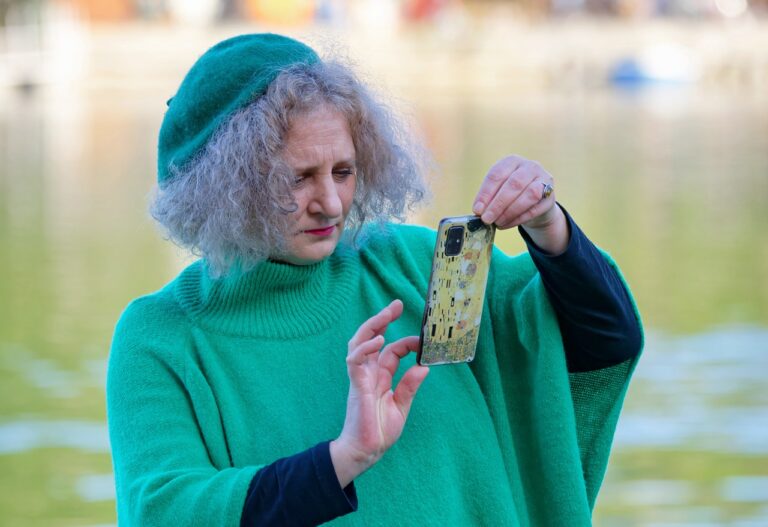The Science of Food Preservation: From Salt Curing to Freeze Drying: Laserbook 247 com, Lotus299 id, 11xplay reddy login
laserbook 247 com, lotus299 id, 11xplay reddy login: Food preservation is a practice that has been around for centuries, allowing people to store food for extended periods of time. From salt curing to freeze drying, there are various methods used to preserve food and prevent spoilage. In this article, we will delve into the science behind these preservation techniques and how they work to keep our food fresh.
Salt Curing
One of the oldest methods of food preservation is salt curing, which involves layering food items with salt to draw out moisture and prevent the growth of bacteria. Salt acts as a natural preservative by inhibiting microbial growth and enzyme activity, thus extending the shelf life of foods like meats and fish.
Fermentation
Fermentation is another ancient preservation method that involves the conversion of sugars into acids, gases, or alcohol by microorganisms. This process not only preserves food but also enhances its flavor and nutritional value. Foods like kimchi, sauerkraut, and yogurt are all products of fermentation.
Drying
Drying is a simple yet effective method of food preservation that involves removing moisture from food items to prevent spoilage. This can be done through air drying, sun drying, or freeze drying. By reducing the moisture content, the growth of bacteria, yeast, and mold is inhibited.
Canning
Canning is a popular food preservation method that involves sealing food in airtight containers and heat processing to kill microorganisms. This process destroys enzymes and prevents the growth of bacteria, making canned foods shelf-stable for long periods of time.
Pickling
Pickling is a preservation technique that involves submerging food items in an acidic solution, typically vinegar or brine. The acidic environment inhibits microbial growth and helps preserve the food’s texture and flavor. Pickled vegetables and fruits are common examples of pickled foods.
Freeze Drying
Freeze drying is a more modern food preservation method that involves freezing the food and then removing the moisture under low pressure, leaving behind a dried product. This process maintains the food’s texture, flavor, and nutritional value better than traditional drying methods.
FAQs
Q: Is it safe to eat food that has been preserved using these methods?
A: When done correctly, food preservation methods are safe and can extend the shelf life of food. It’s important to follow proper guidelines and storage instructions to ensure food safety.
Q: Can you preserve all types of food using these methods?
A: While many types of food can be preserved using these methods, some foods may not be suitable for certain preservation techniques. It’s essential to choose the right method based on the type of food being preserved.
Q: How long can food be preserved using these methods?
A: The shelf life of preserved food can vary depending on the preservation method used, storage conditions, and the type of food being preserved. It’s best to follow recommended guidelines for each preservation technique.
In conclusion, food preservation is a vital practice that allows us to enjoy fresh and nutritious food year-round. By understanding the science behind these preservation methods, we can appreciate the art of preserving food and reducing food waste. Whether you’re salt curing meats or freeze-drying fruits, there’s a preservation method for every food lover to try.






